Your customers expect a highly responsive, interactive graphical experience that exceeds their expectations.
We’ve done extensive development and testing to ensure our Storyboard engine takes advantage of specific board features. Whether it’s proprietary graphics libraries, 2D or 3D hardware acceleration, hybrid rendering, or memory management functions with Storyboard, you can be confident that your UI application can leverage and maximize your hardware’s full potential.
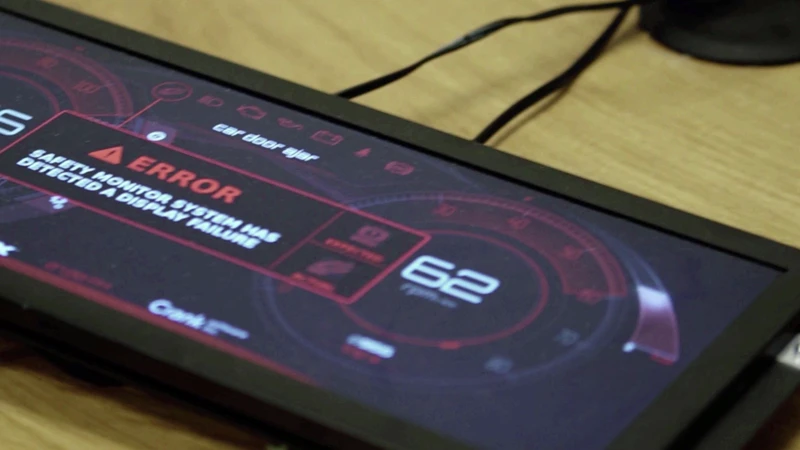
GPU Rendering Technologies and Open Graphics APIs
(Without CPU Utilization)
Storyboard allows you to leverage the Graphical Processing Unit (GPU) on your hardware to its fullest potential by enabling 2D and 3D hardware acceleration via the following graphics technologies, freeing up the hardware’s CPU to perform other tasks.
Storyboard supports the following Software Render Engines:
- ChromeART - 2D engine (DMA2D)
- DAVE2D - 2D engine
- G2D - 2D engine
- OpenGL - 3D Engine (multiple platforms supported)
- RGA - 2D engine
- SDL - 2D Engine
- VGLite - OpenVG engine (coming soon)
- Vulkan - 3D Vulkan Engine (coming soon)
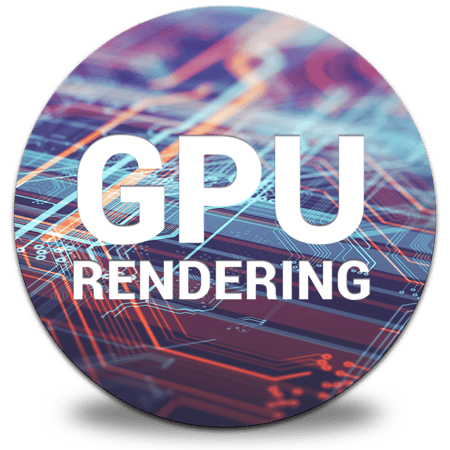
CPU Rendering Technologies and Open Graphics APIs
Even if your chosen hardware doesn’t have an onboard GPU you can still leverage Storyboard’s support for software rendering to use the CPU to draw content on the screen.
Storyboard supports the following Software Render Engines:
- DRM
- FBdev
- QNX Screen
- VXWorks
- Vybrid
- Win32
- X11
Don't see a rendering technology you want to use listed here?
Let Us Know ▸
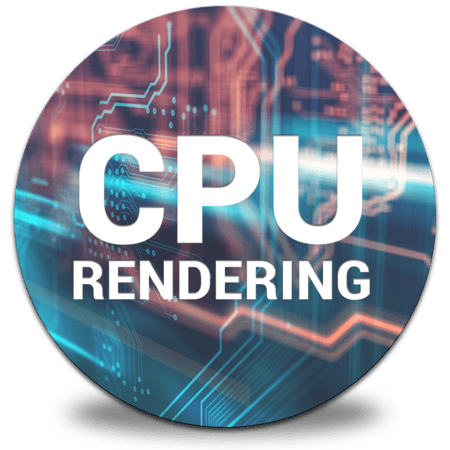
Leverage the combination of 2D and 3D experiences without draining power, using Hybrid Rendering
Storyboard’s Hybrid Rendering technology solves the challenge of sophisticated 3D graphics draining battery power that normally forces embedded UI developers and engineers to skimp out on impressive features and functionality that consumers want to see and experience.
With Storyboard and advanced render technology, embedded GUI applications can now utilize 2D and 3D GPUs more efficiently, by dynamically evaluating the content to be rendered - and then automatically rendering that content using the most suited power-optimized GPU.
Maximize battery life while minimizing code complexity
Deploying 2D and 3D rendering in a standard embedded GUI framework requires breaking the app into discrete chunks: those that handle 3D, those that draw in 2D only, and a master launcher that knows which components to invoke using which system, how and when to manipulate the hardware, and of course coordinating it all to appear seamless from the user’s perspective. So you might be worried about the complexity needed in your app architecture to pull off this battery-saving trick.
It’s simple with Storyboard because our embedded UI rendering engine knows if the UI contains 2D or 3D and automatically renders content on the fly using the most appropriate GPU. This means no rearchitecting or refactoring your code to take advantage of Storyboard’s Hybrid Rendering – it just runs.
Learn more about benefits of Hybrid Rendering ▸
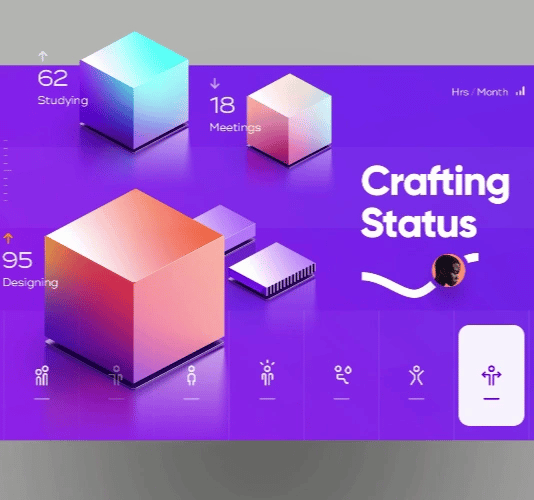
Leverage Hybrid Rendering for IoT and wearables projects
With IoT and wearable devices increasing in popularity, we see Storyboard Hybrid Rendering use cases achieving dramatic power savings in a number of places:- Wearables: Smart watches, fitness trackers, smart fabrics.
- Healthcare: Patient monitoring, mobile health monitoring, telehealth products.
- Industry: Building automation, battery-powered scanners and printers, IoT edge devices.
- Home: Smart home hubs, smart light switches, security cams, small home appliances.
- Vehicles: Electric vehicles, off-grid RVs, marine navigation.
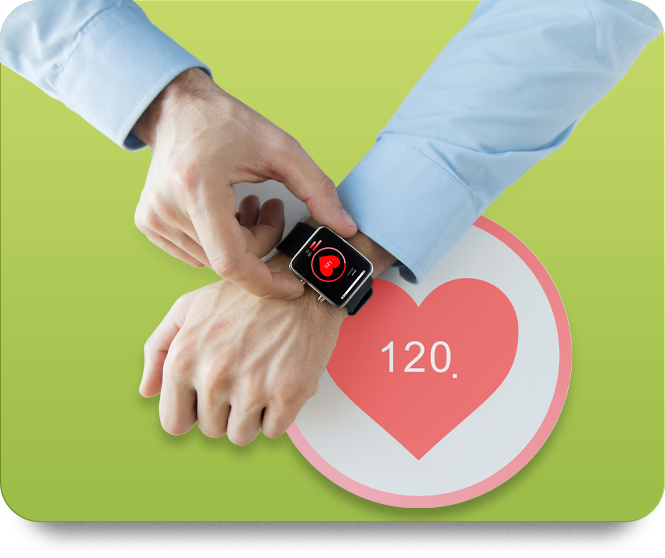
Related Resources
Sample Storyboard UI demos on your board of choice
Download the sample UIs created in Storyboard for your chosen hardware.
Modernizing graphics for ultra-low power UIs
Learn how to leverage Hybrid Rendering for 2D/3D graphics in this on-demand webinar.
Download the guide to creating a killer embedded UI
Create high-volume, high-margin embedded applications on MCUs with fancy UIs.
.png?width=180&height=67&name=Crank-AMETEK-HZ-Rev%20(4).png)

